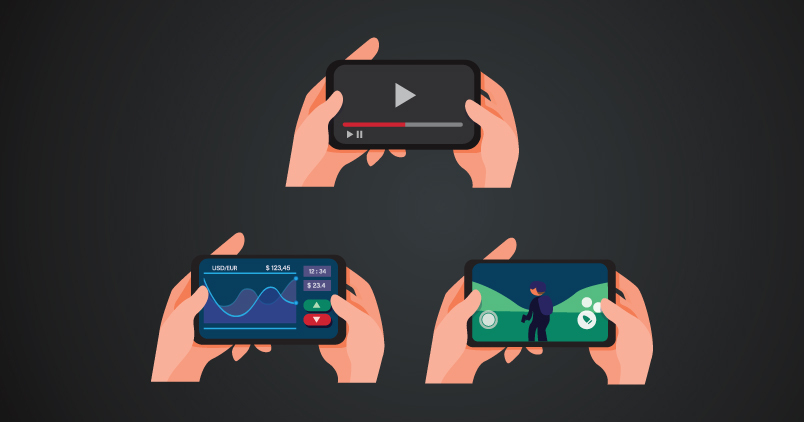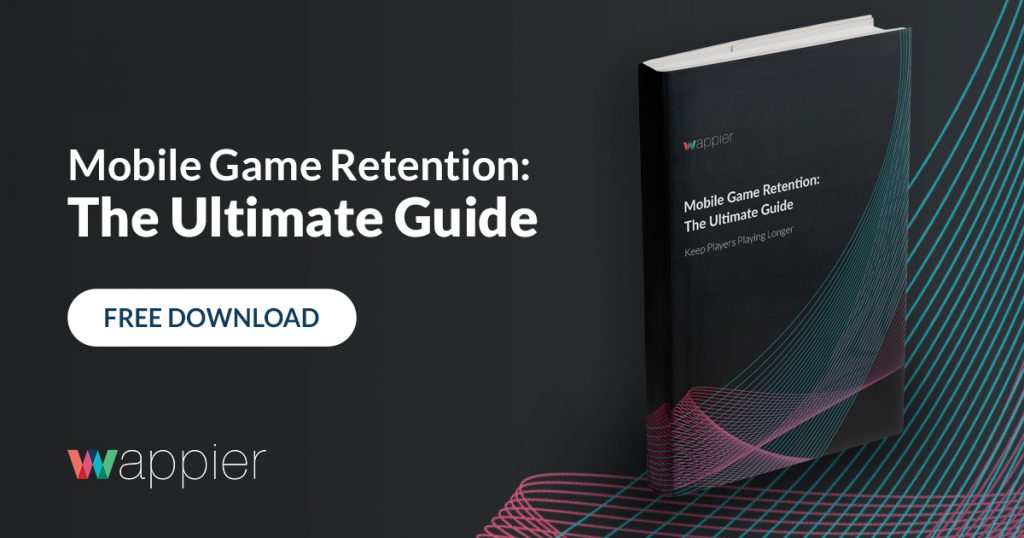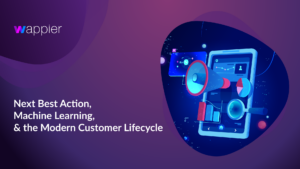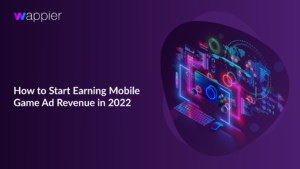It was my pleasure to moderate a Gamesforum Online virtual discussion about trends in mobile game retention and monetization. We talked about how player expectations have changed, the challenges and benefits of switching monetization models after launch, and one of our experts shared what he considers to be the best retention mechanic he’s ever seen.
I was joined by three experts from leading mobile game publishers:
- Robin Scannell, Hutch Games, Game Director
- Jeremy Stein, SYBO, Head of Studio
- Sophie Vo, Voodoo, Studio & Game Lead
I’m so grateful these folks were willing to share their time and their insights.
If you missed the panel, you can watch ‘Trends in Mobile Gaming Today‘ in its entirety on YouTube. Or, you can read further for highlights from the discussion about today’s mobile gaming trends.
How to keep players coming back for more
The question of retention is always top of mind for mobile game developers, and Jeremy shared an intriguing anecdote about Zynga founder Mark Pincus’ particular take on retention. As the story goes, some developers brought their game to Pincus for possible investment. He ultimately didn’t invest because while he enjoyed playing it at the time, he “didn’t dream about it.” Jeremy said he uses that idea of dreaming with regard to long-term retention. “What gets you dreaming about accomplishing more?” Sometimes it’s the gameplay itself, the desire to increase skill or reach a new level, and sometimes it’s new content. Whatever it is, if your game doesn’t have that thing that makes players think about your game when they’re not playing it, your long-term retention will suffer.
There’s no long-term retention without persuading players to stick with your game in the short term, but reliable metrics can be scarce in those first few days. Sophie shared that she examines playtime and session length to get a feel for how well a game’s short-term stickiness is working. A daily playtime of around an hour is highly encouraging, less than that may indicate a problem with your onboarding.
Robin shared that one of the things Hutch has learned across its portfolio of games is the importance of teaching one thing at a time. The goal is to teach the player enough to give them competency, but not so much that they get overwhelmed: “You can lose a lot of players within the first ten minutes, so it’s that balance of to what extent you want to handhold players through the basic mechanics, versus giving them the knowledge to succeed.”
A game’s difficulty curve may also be a reason behind a sudden user dropoff. Jeremy suggested using the ratio of attempts to successes per level or per block of levels and correlating that with churn. Sophie added that the ratio matters both ways: a game can be too difficult and it can also be too easy. If players are sailing through those first levels they may feel like the game isn’t worth their attention and leave.
Our experts had some specific advice for how to give your game the best chance at retaining players. Sophie spoke of the power of good sessioning, saying, “a feeling of achievement or completion” created by a natural stopping point lets players feel good about their experience. They’re not exhausted by their playtime and instead feel accomplished and excited about the next time they get to play. Robin echoed that by discussing players having the agency to make progress by cashing in their rewards or using their energy at the start of a new session, as it’s a strong reason to return to the game. Top Drives’ players have held Hutch to account “when it comes to the instant gratification of rewards when they’re doing any activity,” which speaks to Robin about their emotional investment in the game.
Retention vs. monetization: What to tackle first
One of the things wappier does for game developers is help them determine the best pricing for their in-app purchases, but often I’ll have partners say to me that they’ll only worry about pricing after they’ve fixed their retention. The panel agreed that retention was obviously vital, but cautioned against trying to consider monetization too late into a game’s lifespan. Sophie said that if you have to choose one or the other, then retention is the way to go, but that it shouldn’t be an either/or situation. Have some version of a monetization strategy present from the very beginning, because “you can always optimize [it] later,” something that can’t be done with retention.
That said, there may be opportunities for monetization even if you’re struggling with retention. Robin shared that Hutch discovered a later game retention cohort for Top Drives and chose to gear their monetization strategy towards them, rather than continuing to woo newer players. At that moment, it was “easier to build on our strengths than tackle our weaknesses,” a strategy that paid off with higher spend and engagement due to being centered on improving live ops offerings and developing loyalty features like daily rewards.
If you’re planning to monetize with ads, you absolutely have to be thinking about retention at the same time, said Jeremy, because ads are “basically a point in your game to churn.” There are financial benefits when interstitials or rewarded video ads persuade your players to try a different game, but “every penny you make out of it has to be worth it in terms of retention.” SYBO is adding IAPs to its hugely successful, mostly ad-supported Subway Surfers, which has racked up 3 billion downloads to date, and while Jeremy couldn’t share specifics about it, he did say IAPs are a good measure of overall game health, a vital metric for a 9-year-old game.
The best monetization strategy for 2021
Crafting the best monetization strategy starts with knowing what motivates your audience, what they care about. Perhaps it’s to make more progress, or maybe it’s to connect with the story. “Of course you don’t want to sell everything,” cautioned Sophie, because then you don’t have a game. A successful IAP plan is about finding the balance between the quality of the free experience and the perceived value of things that can be enhanced with spend.
Not all games are suited to IAPs, but players have become much more accepting of ads. Sophie would never have considered running a full-screen ad five years ago, but some players want ads. Jeremy agreed, summing it up beautifully: “People don’t hate ads, they hate bad content.”
If you want to solve both monetization and retention at the same time, figure out how to work an auction house into your game. That’s Jeremy’s suggestion, based on his personal experience using the companion app for FIFA Ultimate Team. The “main” game is on his console, but his mobile device is where “most of the retention” happens as players buy and sell cards from each other in an attempt to increase their in-game wealth. A market of some kind increases players’ perception of the game’s value while also giving them a reason to keep coming back as they check on the value of their own content. “If you can put an auction house in your game and have it make sense, it is laughable how strong of a retention mechanic that is,” he says.
Thanks so much to Sophie, Robin, and Jeremy for joining me! The full panel has even more tips for improving retention and monetization strategies, so be sure to check it out on our videos page.







